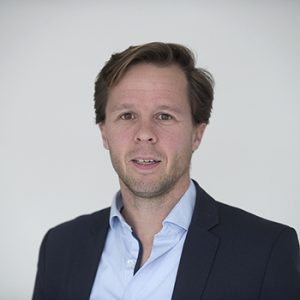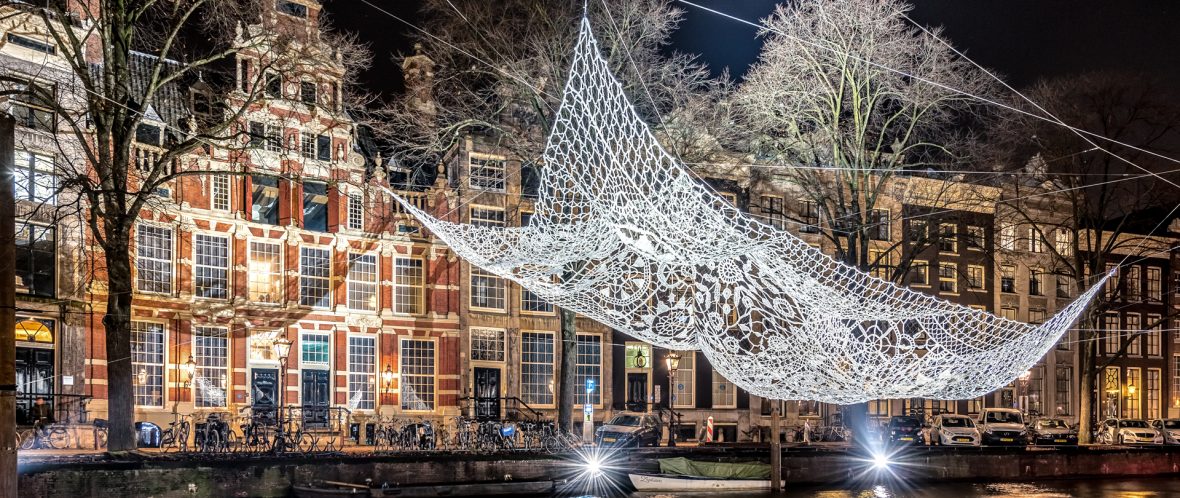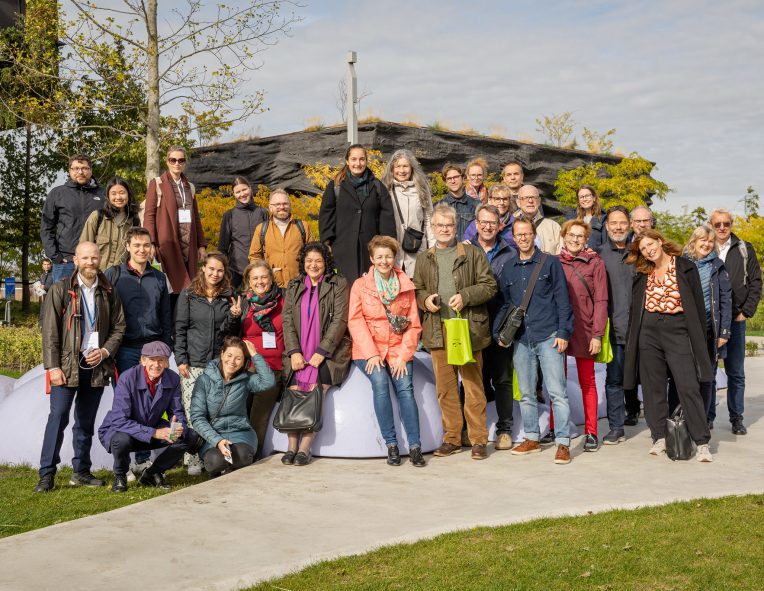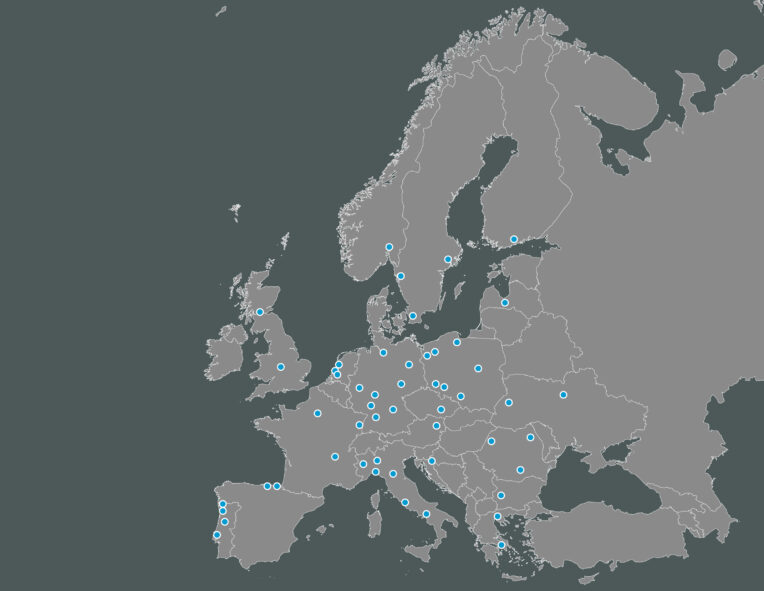1077 XX Amsterdam
Primary METREX contacts

About Metropool Regio Amsterdam
Key documents
Major projects
- Update MRA action agenda 2020-2024
- Strategy of Urbanization
- Metropolitan Landscape
- Heat utilization
- Climate adaptation
- Monitoring
- Electric cars
- The North Sea Canal
- Mobility
- Floriade
Planning issues
Space for living and working
Some 250,000 housing units will be built within the MRA between 2016 and 2040. This will primarily be achieved within existing urban areas, by means of densification as well as transformation and restructuring of redundant offices, business parks and an area used for greenhouse horticulture. Housing construction is primarily to be found near existing public transport hubs, particularly along the lines for high-frequency rail. There are three expansion locations: near Almere, near Amsterdam (IJburg2) and in Haarlemmermeer. The MRA partners are coordinating their house-building plans, so that a diversity of living environments will continue to be available within the region in the future. In the North Sea Canal area, efforts are being directed towards establishing a smarter and more sustainable seaport that responds to global developments. The geographical dispersal of tourism will be encouraged by means of further development of tourist attractions such as Amsterdam Beach, Muiderslot and the Beemster – a regional strategy is being devised to provide accommodation for these tourists. The relationship between residential construction and the airport deserves special attention: in association with Schiphol Airport the MRA is setting a proposal before national government to offer more space for air travel in combination with residential construction.Work smarter and innovate
The MRA wants to attract start-ups, knowledge workers and students by establishing campuses, providing suitable housing and offering optimally functioning internet exchanges and data centres. The government bodies in the MRA also want to vastly improve the coordination of training and the job market. They want to achieve this by investing in primary and secondary education, and striking agreements with the business community and educational institutions to increase the number of apprenticeships, via schemes such as the Technology Pact. In addition, a mediator who will establish contacts between knowledge clusters and the business community will be appointed.Improving the quality of life
The chief reason for people choosing the MRA as a place to live and work is that it is pleasant to live here, and that must continue to be the case. A smart and innovative metropolis needs a vital cultural life and attractive landscapes which offer a broad range of recreational possibilities and nature experiences. With regard to culture we are focusing on harmonisation and reinforcement of the cultural menu, among other things by finding new cultural functions for vacant monuments. For the manmade landscape and countryside we are devising an action programme that provides direction for recreation, water management, food and energy production, and biodiversity. Funding the management of these aspects is key. We are developing route networks for walking, cycling and sailing to connect the towns and cities with the environs. Interconnecting local and regional cycling routes will establish a unified metropolitan cycling network.The transition to a clean economy
The MRA wants to be less dependent on external energy sources and is keen to develop into an international hub for raw materials. We have four priorities: the circular and ‘bio-based’ economy, preserving the built environment, expansion and interconnection of thermal networks (for heating as well as cooling), and the further development and scaling up of ‘smart grids’. The actions include compiling an atlas of resources, the use of undeveloped sites for the cultivation of bio-based crops or the temporary storage of demolition waste (which can be reused elsewhere), and making sites available for wind and solar energy.Better connections
The MRA is keen to make better use of the advantages of being an agglomeration, to increase the sense of proximity between the various residential and employment concentrations, facilitate travel within, from and to the MRA, and to provide easier access to the countryside. A further roll-out of the high-quality public transport network is needed to achieve the latter. The MRA is working together with national government to improve urban accessibility, by conducting research into a second orbital motorway around Amsterdam, the extension of Amsterdam’s metro system, and the IJmeer connection between Amsterdam and Almere. We are tackling the Schiphol Plaza interchange by appointing a regional coordinator who will make agreements with road divisions, transport companies and events organisers, and we will formulate a Smart Mobility Agenda that gives due consideration to open data, self-driving vehicles and electric cars.Achieving climate resilience
The MRA must become climate-resilient in order to remain an attractive and safe place for inhabitants and businesses. We want a flexible and trustworthy water system. The MRA is therefore improving the protection of vital and vulnerable infrastructure from flooding, as well as the crisis management should this happen. We are designating locations for temporary water storage on a regional level. Greenery plays an important part in the local capture of water and there is more room for greenery to be found in towns and cities, primarily on rooftops. The MRA is taking advantage of events such as Floriade 2022 to encourage innovations in water-resilience and attract start-up enterprises that are active in this field.Making the MRA more versatile
The world is evolving at an ever-faster pace and the MRA must respond to this. This requires flexibility in residential development and the approach to major infrastructural projects. Zoning plans that are more flexible ensure that business parks and office buildings can be transformed more swiftly. Economic diversification makes the region less vulnerable. New enterprises often prefer different locations to established companies, so we must be able to offer these locations as well. The MRA wants to provide space for experimentation, improvisation and innovation, and is therefore critically examining its own structure: we are organising the cooperation within the MRA as efficiently as possible.



